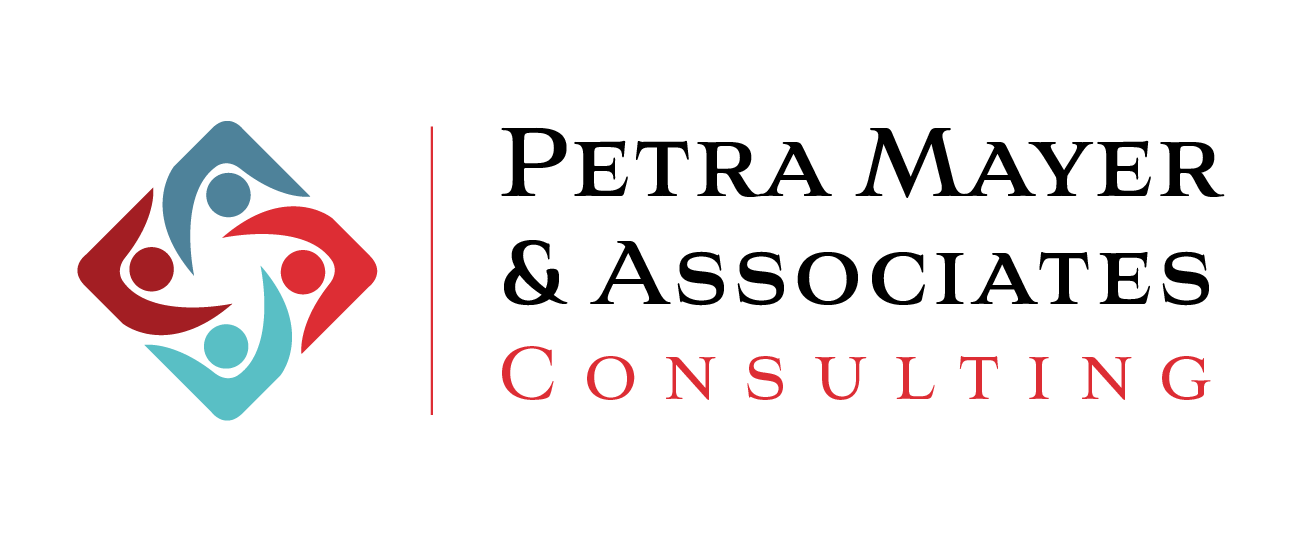Embracing a Learning Management System (LMS) can truly transform how your organization operates, offering a centralized platform for training, learning, and growth. However, the process of getting started might seem overwhelming if you don’t have a clear plan in place. That’s why this guide is here to help! We’ll take you through each step of implementing your LMS effectively, ensuring a smooth transition and helping you make the most of its benefits. Let’s get started and make this process as straightforward as possible for you.
1. Assessing Organizational Needs
Before starting the implementation process, it’s important to conduct a thorough needs assessment to identify your organization’s specific requirements and goals. Start by gathering input from key stakeholders, including HR managers, department heads, trainers, and end-users.
Take the time to ask yourself these questions – and be clear about your answers:
- What are the current pain points in your training processes?
- What learning objectives do you aim to achieve with this new system?
- How effective are your current training methods?
Whether it’s improving employee onboarding, increasing compliance training efficiency, or fostering continuous learning, setting SMART (Specific, Measurable, Achievable, Relevant, Time-bound) goals will guide your implementation efforts and help measure success.
By answering these questions, you can create a clear picture of what you need from your LMS and tailor the implementation plan accordingly.
LMS Implementation Tip: It’s important to begin your journey with a solid foundation. Conducting a needs assessment allows you to identify your organization’s specific requirements and goals, ensuring that the LMS aligns with your objectives.
2. Choosing the Right LMS Platform
Once you’ve defined your needs, it’s time to research and select the right LMS vendor for your organization. Consider factors such as features, scalability, ease of use, support services, and cost. Another helpful suggestion is to request demos and trials from multiple vendors to get a feel for their platforms and determine which one best meets your requirements. Don’t forget to assess the vendor’s reputation, reliability, and track record – you can check reviews to find these things out. Choosing the right vendor is crucial, as they will play an important role in the success of your LMS implementation. Collaborate with stakeholders from various departments to gather input and choose a solution that aligns with both current needs and future growth plans.
For more information on how to make this decision, you can pick up your free copy of our whitepaper ‘Choosing the Right LMS’ which walks you through seven simple steps to consider when implementing a LMS, answering questions along the way to help guide your decision making process.
3. Planning and Preparation
With the vendor selected, it’s time to create a detailed implementation plan. Start by establishing a timeline with clear milestones and deadlines. Identify key tasks, responsibilities, and resources needed for each stage of the implementation process.
Communicate the plan with all stakeholders to ensure alignment and buy-in. Additionally, prepare your existing data and content for migration to the new LMS platform. Clean up outdated information, organize content logically, and ensure compatibility with the LMS format. Proper planning and preparation are essential for a smooth and efficient implementation process.
It might also be helpful to assign a dedicated project team comprising stakeholders from HR, IT, training, and management to oversee the process. By defining roles and responsibilities, establishing timelines, you can allocate your resources accordingly.
LMS Implementation Tip: Develop a communication strategy to keep all stakeholders informed and engaged throughout the implementation process. Conduct thorough training sessions for administrators and end-users to ensure a smooth transition and maximize adoption rates.
4. Training and Support
As you approach the launch date, it’s important to ensure that all users – administrators, trainers, and learners – are equipped with the knowledge and resources they need to fully utilize the LMS to its potential.
First and foremost, prioritize comprehensive training sessions for all user groups. These sessions should cover not only the basic functionalities of the LMS but also look into more advanced features and best practices for effective usage. Tailor the training content to the specific roles and responsibilities of each user group, ensuring relevance and practicality.
Consider offering multiple training sessions to accommodate varying schedules and learning preferences. Some users may benefit from in-person workshops, while others may prefer online webinars or self-paced tutorials. By providing flexibility in training delivery, you can cater to the diverse needs of your user base and ensure maximum engagement and comprehension.
In addition to initial training sessions, emphasize the importance of ongoing support and guidance. Implement channels for users to seek assistance and clarification as they navigate the LMS. This could include setting up a dedicated help desk or support ticketing system where users can submit inquiries and receive timely responses from knowledgeable staff members.
Recognize that effective training and support are ongoing processes that require continuous evaluation and refinement to address evolving needs and challenges.
5. Rollout and Adoption
The rollout phase of your LMS implementation is where the rubber meets the road. It’s the time to transition from planning to action and begin introducing the LMS to your organization in a systematic manner.
To start off the rollout, consider starting with a soft launch or pilot phase involving a small group of users. This approach allows you to test the waters, identify any potential hiccups, and fine-tune the system before a full-scale deployment. During this phase, be sure to get feedback from these pilot users regularly. Their insights can be invaluable in refining the system and addressing any usability concerns that may arise.
Once you’ve ironed out the kinks and received positive feedback from your pilot users, it’s time to gradually expand the rollout to larger user groups. Take a phased approach, starting with departments or teams that are eager to embrace the new technology or have a pressing need for the LMS. This gradual rollout strategy helps manage change more effectively and minimizes the risk of overwhelming users with too much too soon.
Throughout the rollout process, it’s essential to provide ample support and resources to facilitate adoption. Develop comprehensive training materials, user guides, and tutorials to help users familiarize themselves with the LMS and its features. Consider incorporating interactive elements and gamification to make learning more engaging and enjoyable.
Final Thoughts
Implementing an LMS requires careful planning, strategic decision-making, and active engagement from stakeholders across the organization. By following a structured rollout plan and addressing the specific needs of your organization, you can streamline the implementation process and unlock the full potential of your LMS investment. Remember, the key to success lies in aligning the LMS functionalities with organizational objectives and fostering a culture of continuous learning and improvement.
We hope this guide has provided valuable insights into the essential steps involved in LMS implementation. If you have any questions, experiences to share, or additional tips to add, feel free to leave a comment below. Your feedback is valuable to us as we continue to support organizations in their LMS implementation journey.


